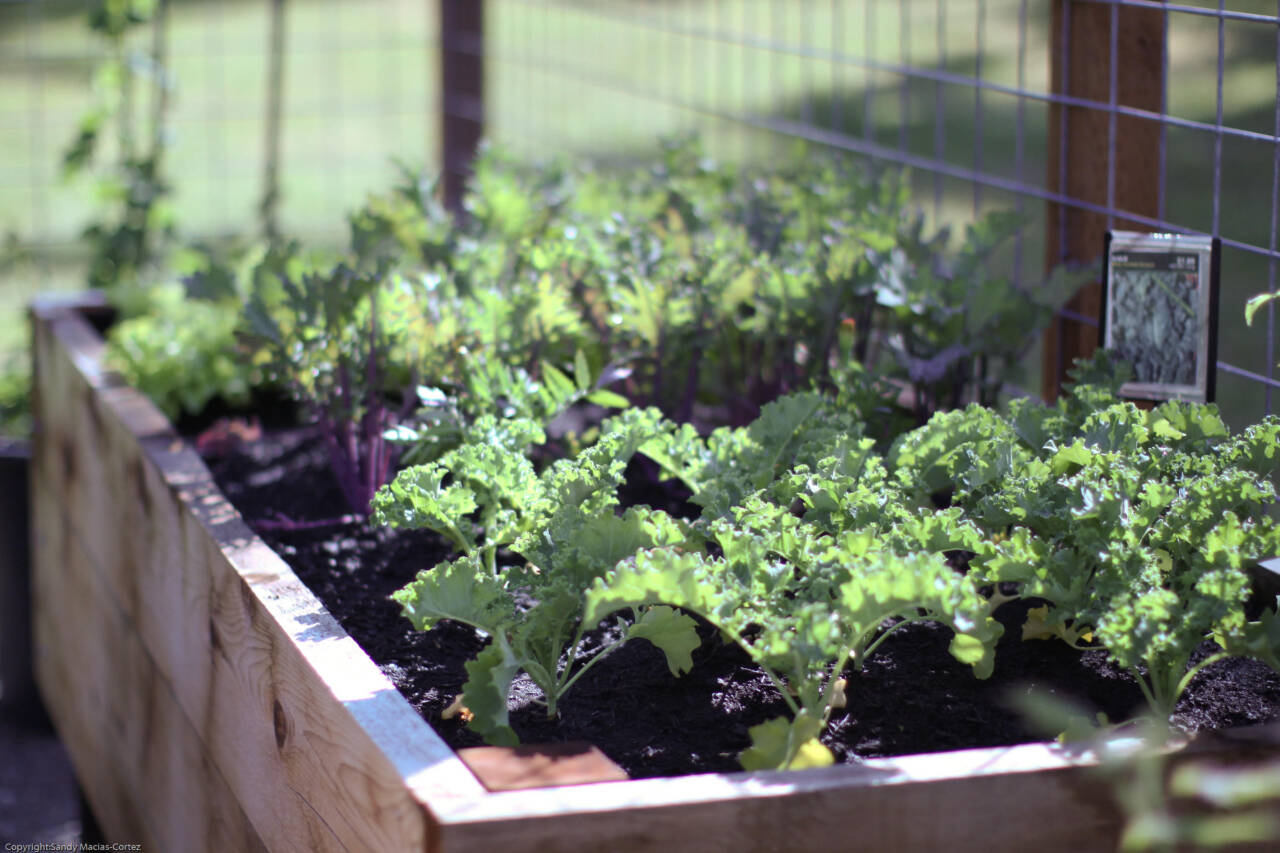Some may think August is a bit late to be sowing vegetable seeds in the garden. But for a small investment, you could reap big returns.
Late season vegetable gardening makes sense in our area. Generally, seeds sprout and grow well in late summer. The soil is warm and the days are long. August and September typically have highs ranging from 68-72 degrees and lows between 49-52 degrees. If you are prepared to add some cover at night, even October is a good growing month with an average high of 60 degrees and low of 42.
You probably can use seeds left over from your spring planting. Check the “days to maturity” on the seed packets and select crops and cultivars that have the fewest days to maturity.
“Short season” leaf crops are best and include oriental greens, choi (Chinese cabbage), chives, arugula, kale, cress, lettuce, spinach and chard. Good root crop selections include kohlrabi, beets, radish, carrot, garlic and turnip.
Edible pod peas that mature in 55-60 days are also candidates. So many choices!
“Warm season” crops, however, such as beans, corn and cucumbers typically require too many “days to maturity” to be successful in an August planting.
Some crops can be harvested before they are fully mature, making them more suitable for late plantings. In fact, the term “micro greens”is now being used by seed companies, commercial greens producers, restaurants and others to describe leaf and root crops that are intentionally harvested at an immature stage to vary taste and texture.
So even if there are too few days for turnips to reach their full maturity, “baby” turnips would be a tender, sweet treat.
Keys to success
How can you ensure success? Pre-germinating seeds indoors between two damp paper towels can give the sprouts a head start. Plant the part of your garden that is the sunniest and most protected from wind.
Provide nighttime protection by using a row-cover type of material that allows sun and warmth to penetrate while decreasing the night chill. These can be laid directly on top of the plants or draped over a series of wire hoops.
Interested in keeping your plants growing even longer? A diminutive version of a “hoop house” made of a 6-mil thick polyethylene plastic and constructed just a couple feet tall can help plants survive and produce even after temperatures turn cold.
Choose a size that can be easily removed by one person and be sure to stake it into the ground or attach weights to resist the wind.
To have the ultimate in convenience, plant these late-season treats in containers right outside your kitchen door. When needed, containers can be moved to a sunnier spot or away from wind and cold. These container-grown vegetables also add a unique “welcome” to your entrance.
Planting seeds in August for a fall harvest could be a gamble if winter comes early, but it also could pay off. So, take steps now for a late harvest of delectable vegetables from your own garden.
Judy English is a certified WSU Clallam County Master Gardener.



